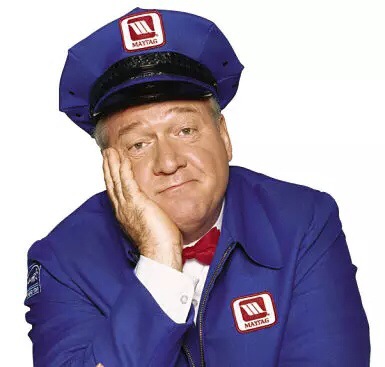 Brands must make sure their stories are being told properly across all channels and that they can measure alignment and congruence across the channels as well.
Brands must make sure their stories are being told properly across all channels and that they can measure alignment and congruence across the channels as well.
In 1967 Maytag aired its “lonely repairman” TV commercial, telling the first of many tales of a Maytag repairman with nothing to do and nothing to repair. The Maytag repairman became an icon and for more than 40 years the campaign bound the word “reliability” together with Maytag in the minds of millions of consumers – that’s branding.
I happen to be one of those millions, which is why a little more than two years ago I purchased a high-end Maytag washer. And unfortunately, as I write this article I am waiting for my fourth or fifth visit (I’ve lost count) from the Lowe’s third-party repair service after not one but three different problems with my relatively new washer.
This article is not to bash Maytag, but rather to tell a cautionary tale about the power of a brand story, a company’s responsibility to that story, and the opportunities that a blundered brand story opens up to your competitors.
I understand that even the best of brands can spit out an occasional lemon, and I also believe that the ability of a company to deal with its mistakes is one of the things that truly separates legendary brands from merely well-known brands.
As a child in the ‘70s sitting in front of the TV, the images of the Maytag repairman sitting idly by waiting for the phone to ring was seared into my mind, which is why after more than a week without a working washing machine and dealing with a third-party repair service, I decided to reach out to Maytag, hoping they might be able to help me resolve my problem faster.
@LonelyMaytag
In today’s equivalent of a phone call I tweeted @MaytagBrand and waited eagerly for the “lonely repairman” (or at least someone) to reply. I was positive that I would receive a prompt reply, after all, what else does the Maytag repairman have to do?
So why did it take Maytag 18 hours to get back to me? The response only came after I sent a second tweet to their other @MaytagCare handle and waited another 12 hours for their service representative to engage me.
By spending millions over the years, Maytag’s lonely repairman campaign made a brand promise that states that Maytag is reliable, and that on the rare occasion that something does break, the repairman is on standby and ready to make it right, right away.
In my case, a quick reply, even without an immediate resolution, would have maintained the brand story. I could have accepted I got a lemon, but now I am wondering if all Maytags are lemons. After all, I had all those hours to wonder if thousands of other Maytag customers with reliability problems were ahead of me.
It’s not just good enough to have a social media presence; your social media must be aligned to and live your brand story. Do the @MaytagCare and @MaytagBrand team have the proper staff, resources, and authority to reply and address customers?
The lesson is this. A brand has a responsibility to ensure that the story it tells its customer is congruent across all channels. If your company has spent ample resources on building a brand story, invest in the entire company knowing how to carry out that story in their interactions with customers. Each channel, from sales to customer service to creative to legal, must embrace the brand story or you risk a costly incongruent customer experience.
Even worse, with hashtags, user forums, social media, etc., a smart competitor can find and begin to poach those customers who just had a rough spell with your company and win them to their brand. How vulnerable would I be now to an overture from LG or Whirlpool? Funny, I am beginning to notice Whirlpool ads in my Facebook feed. Coincidence?
Here are a few things you can do to ensure consistency across your brand channels:
- Use the power of narrative to communicate marketing and service directives across your entire company. (More about this process, called Buyer Legends, will be covered in a future article.)
- All your metrics should be tied to the promise of your brand. Now that Maytag can have direct access to its customers via social media, one metric should be their response time, making it a goal to respond to each message in less than an hour (as most consumers expect better today). On the repair side, Maytag could nurture its channel partners and authorized repair centers and set up metrics and triggers to not only improve the repair process but also to reach out to customers on their second complaint in a short period of time.
- Take inventory of every customer/prospect touch point and evaluate them for consistency. In a recent client engagement, their inbound sales department was concerned about a low price expectation prospects had when they called and could not figure out where it was coming from. We discovered that expectation came from a “help” document that gave an example price much lower than the actual price.
What is your brand story? I’m sure you know. The real questions are: is it being told properly across all your channels and can you measure that alignment and congruence across all channels?


10 comments